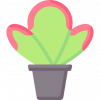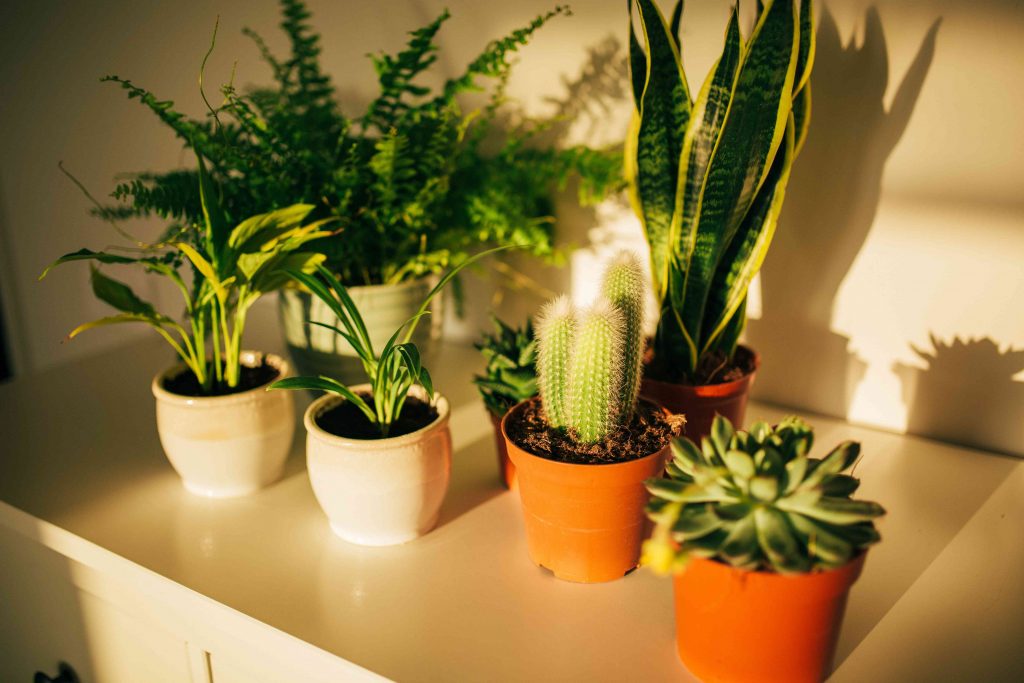Bringing plants into your home is one of the most rewarding ways to connect with nature, improve air quality, and add a touch of tranquility to your living space. However, for many beginners, the journey of indoor plant care can feel intimidating and confusing. With so many different species, watering schedules, light requirements, and care techniques, it’s easy to get overwhelmed.
This guide is designed to walk you through the essentials of indoor plant care, providing clear, practical advice to help your green friends thrive.
Understanding Your Plants’ Needs
Every plant species has unique requirements, but most indoor plants share a few common needs: light, water, soil, humidity, and temperature.
- Light:
Plants rely on light for photosynthesis, the process that fuels their growth. Understanding whether your plant prefers bright, indirect light or low light is crucial. For example, succulents and cacti thrive in direct sunlight, while ferns and pothos prefer shadier spots. - Water:
Overwatering is the most common cause of indoor plant problems. Most plants prefer their soil to dry out slightly between waterings. It’s essential to check the soil moisture before watering and adjust your routine seasonally. - Soil:
Using the right soil mix ensures your plants get adequate drainage and nutrients. Cacti and succulents need fast-draining soil, while tropical plants appreciate a richer, moisture-retentive mix. - Humidity and Temperature:
Most indoor plants come from tropical or subtropical climates and thrive in humid, warm environments. You can increase humidity around your plants by misting, grouping plants together, or using a humidifier.
Watering Tips for Beginners
Knowing when and how much to water your plants is key to their survival.
- Always feel the top inch of soil before watering. If it’s dry, it’s time to water.
- Water thoroughly until you see water draining out of the pot’s bottom, ensuring the roots absorb moisture evenly.
- Avoid letting plants sit in standing water, as this can lead to root rot.
Choosing the Right Containers and Placement
The right pot can make a big difference.
- Ensure pots have drainage holes to prevent water buildup.
- Choose container sizes that allow roots to grow but are not excessively large.
- Place plants according to their light needs: near windows with appropriate sun exposure or in shaded corners.
Feeding Your Plants
Indoor plants need nutrients to grow strong and healthy.
- Use a balanced, water-soluble fertilizer during the growing season (spring and summer).
- Follow recommended feeding schedules and avoid over-fertilizing, which can harm plants.
Troubleshooting Common Problems
Even the best care can sometimes lead to issues. Here are common signs and solutions:
- Yellowing Leaves: Often caused by overwatering or poor drainage.
- Brown Leaf Tips: May indicate low humidity or inconsistent watering.
- Pests: Look for tiny insects like spider mites or aphids; treat with insecticidal soap or neem oil.
- Leggy Growth: Usually a sign of insufficient light; try moving the plant closer to a window or supplementing with grow lights.
With patience and attention, you’ll find that indoor plant care becomes easier and more enjoyable over time. Remember, each plant is unique, so take the time to learn about its specific needs and watch your indoor garden flourish!

